How to Get Glass Roofs Right
Whether you’re self-building, renovating or creating an extension, when it comes to glazed roofs, the array of systems available can make this option a perfect alternative to a solid roof setup.
Thanks to significant advances in both glass technology and thermal efficiency over the past decade, modern solutions are almost unrecognisable from previous design generations.
Whatever style you specify, the key bonus of a glazed element like this is its ability to fill the space below with light.
From small rooms with rooflights to large open-plan zones beneath pitched glass coverings, this kind of tool is often used by homeowners to create a living space that’s drenched in sunshine.
Glass roof design options
Glazed roofs offer a flexible solution that can be tailored to suit almost any style of property. They’re a great partner for contemporary new builds with fixed-frame windows, sleek sliding doors and lean-to roof structures.
When designed sensitively, they also work well with period properties. It’s worth doing your research early on to find out what will complement your home best.
Ultimately, glass roofs fall into one of two categories. Fully glazed roofs – including pitched, Victorian, Georgian, Edwardian or other styles – feature structural aluminium support within their design.
Smaller glazed elements including rooflights, lanterns and pyramids sit atop the roof and do not provide structural support.
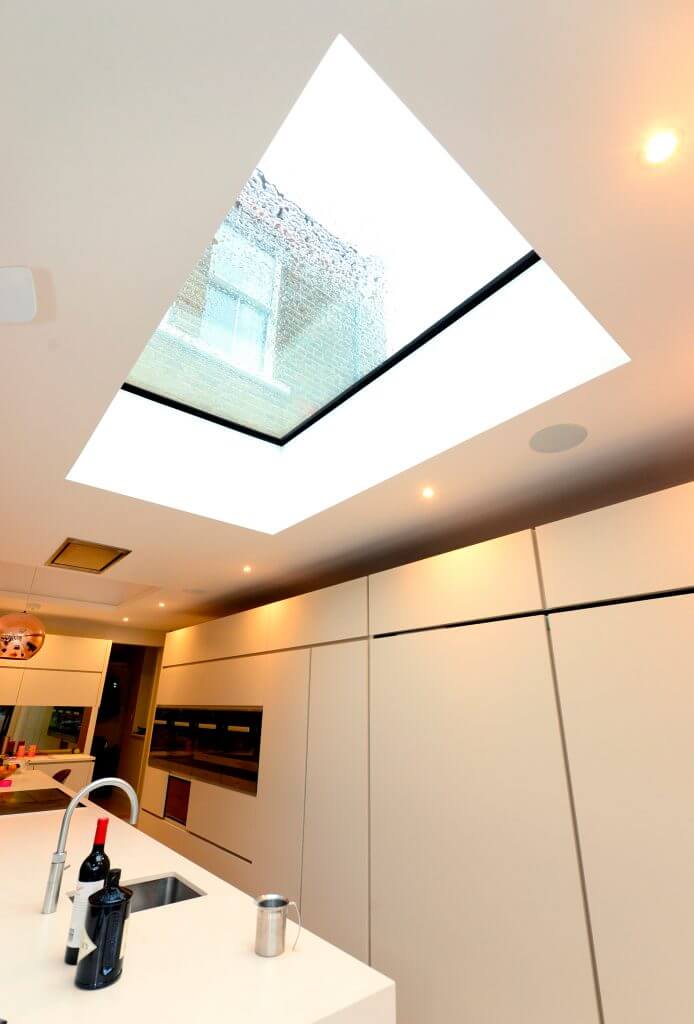
Glass roof from IDSystems
If you’re keen to incorporate the former into your project, the choices in terms of design, size and configuration are almost infinite. This form of glazing is usually specified to suit a particular dwelling and its unique characteristics.
Generally, with non-structural setups the options are more limited. However, by utilising a combination of more than one product in a single roof, you can still create large, sun-soaked spaces.
Glass roofs: the essential considerations
Whatever style you choose, there’s a variety of design factors to take into account. The span achieved by the roof is often a key factor, for instance, especially if you’re looking to install bifold or sliding doors beneath.
It’s worth discussing your overall aims with an expert and deciding on your exact requirements before the plans are finalised. This will help to ensure that the setup you choose can achieve the desired look and functional objectives.
Closer look: Specifying glassThe type of glass you specify for your glazed roof can be tailored to meet your unique project requirements. The following are all vital considerations:
|
Ventilation is another vital aspect to bear in mind, and you can incorporate a variety of openable sections.
There is also a range of options when it comes to managing the airflow, from traditional manually-operated setups to electronically-controlled systems and automated arrangements.
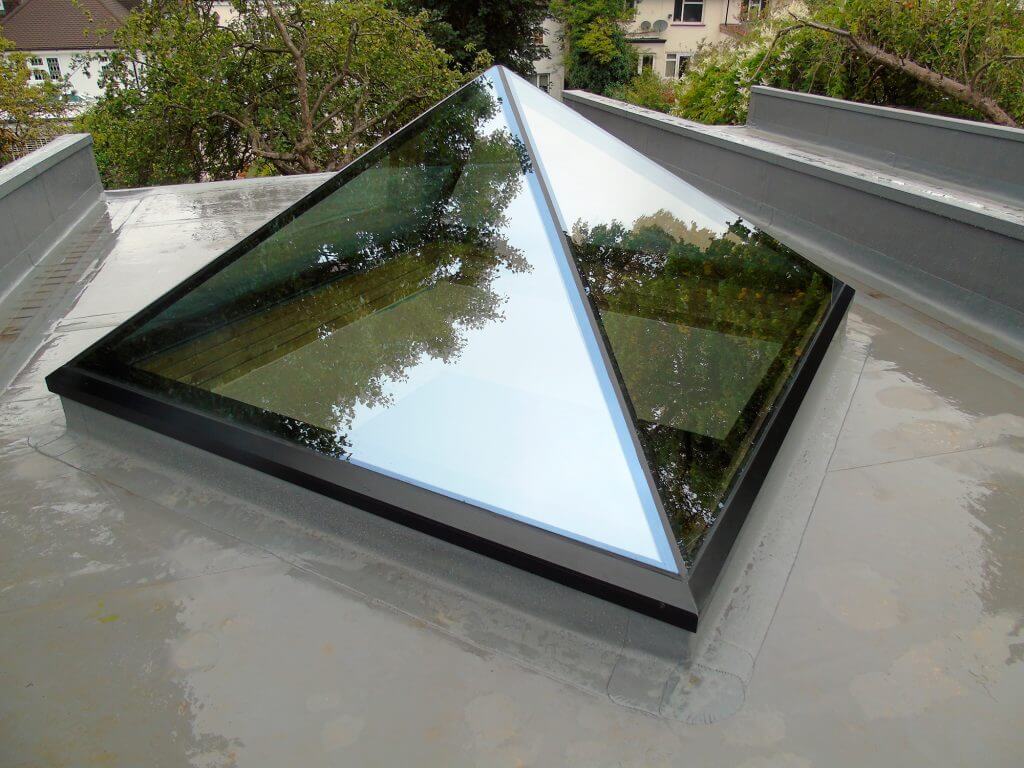
Pyramid roof lantern from IDSystems
Depending on the size of the glazed area in your roof, it is worth checking whether it meets Building Regulations for thermal performance. This is something that your architect will be able to assist with.
Glass roof costs
Typically a glass roof will cost from around £1,000 per m2, including installation. The exact price will depend on the design, configuration and specification of the whole system.
Edward Stobart is head of projects at IDSystems. He is an expert in all aspects of glazing. He is responsible for ensuring that IDSystems stays ahead of the competition in terms of the development of advanced, innovative glazing solutions. For more information about IDSystems call 01603 408804 or visit www.idsystems.co.uk

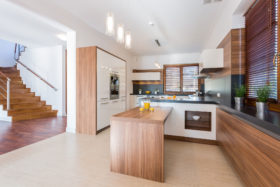






























































































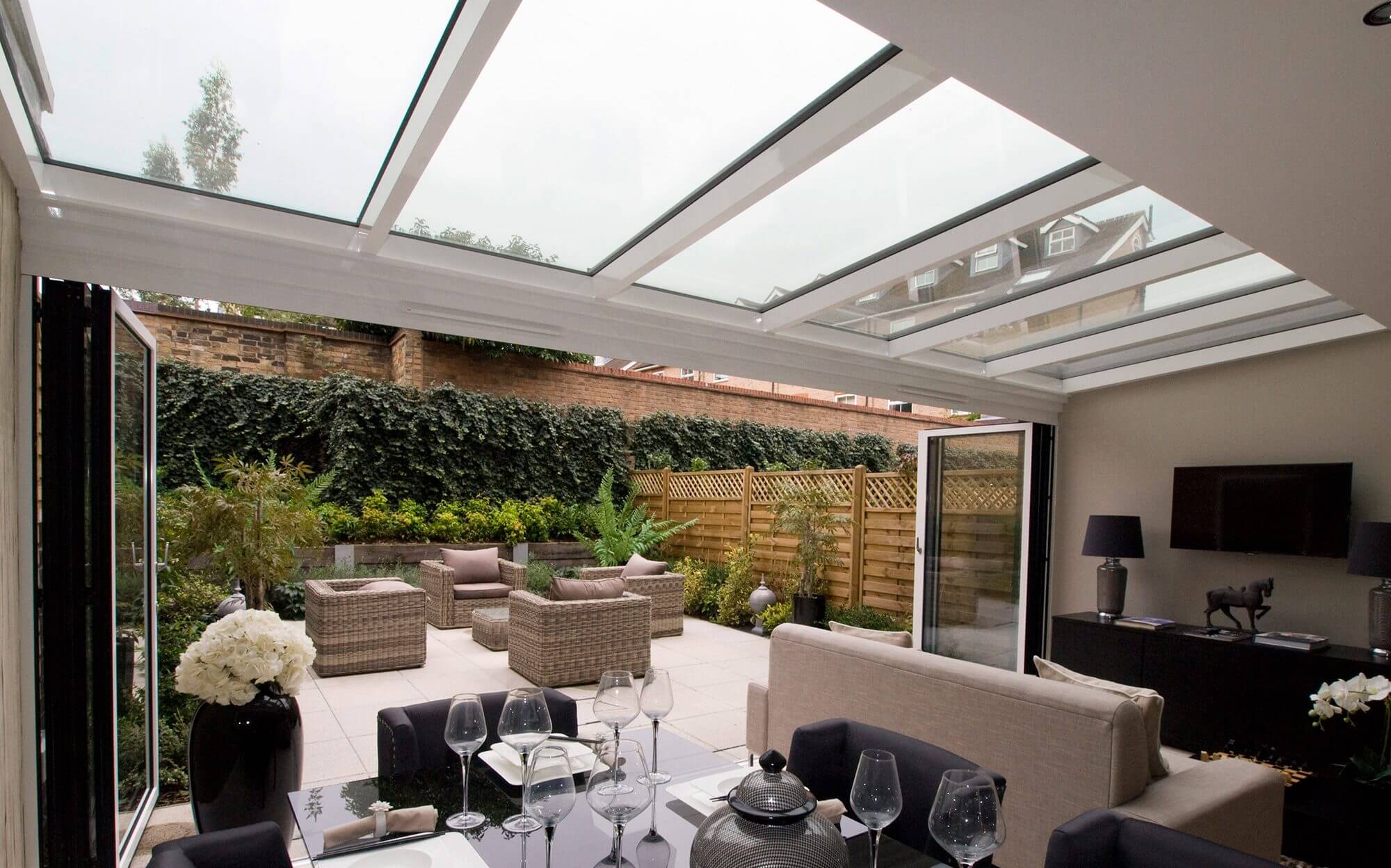
 Login/register to save Article for later
Login/register to save Article for later




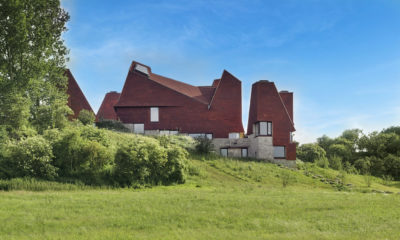
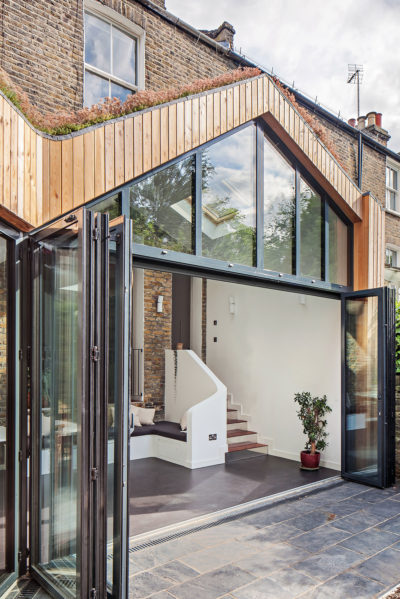
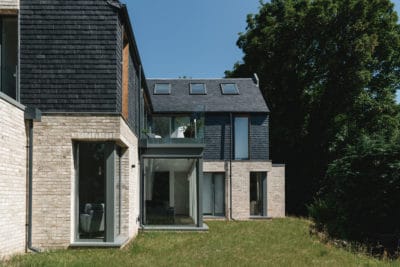
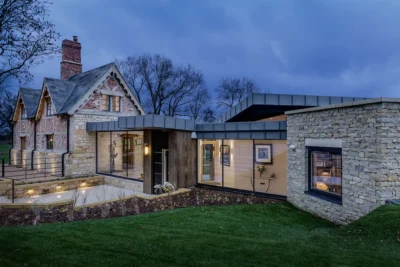





Comments are closed.